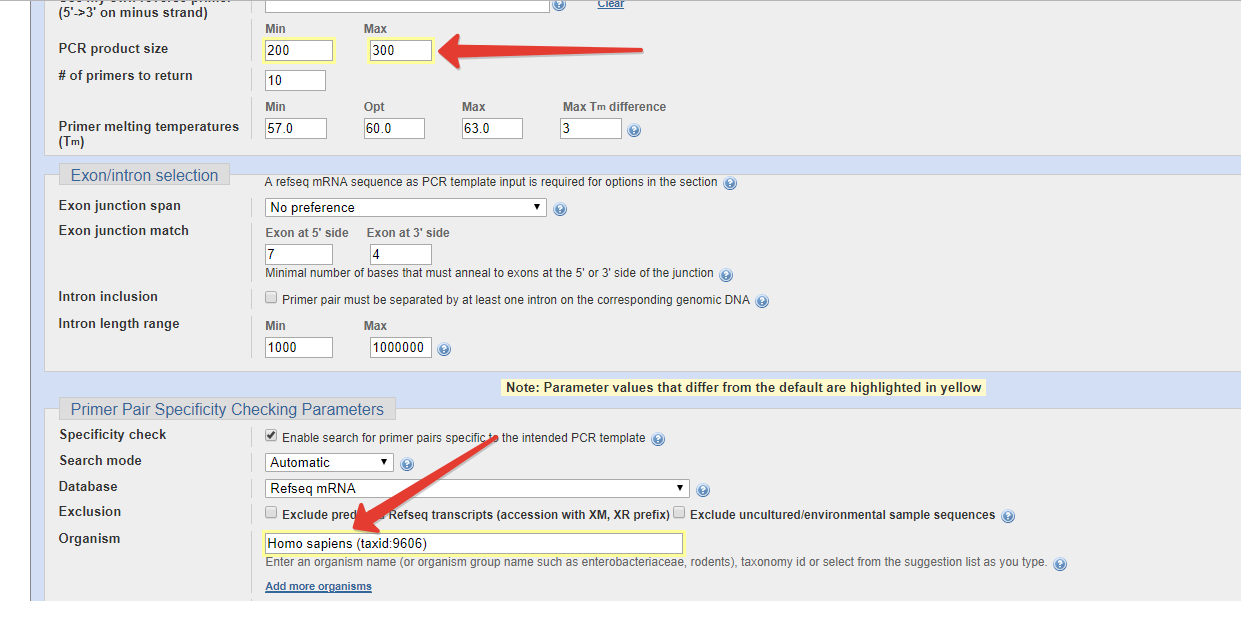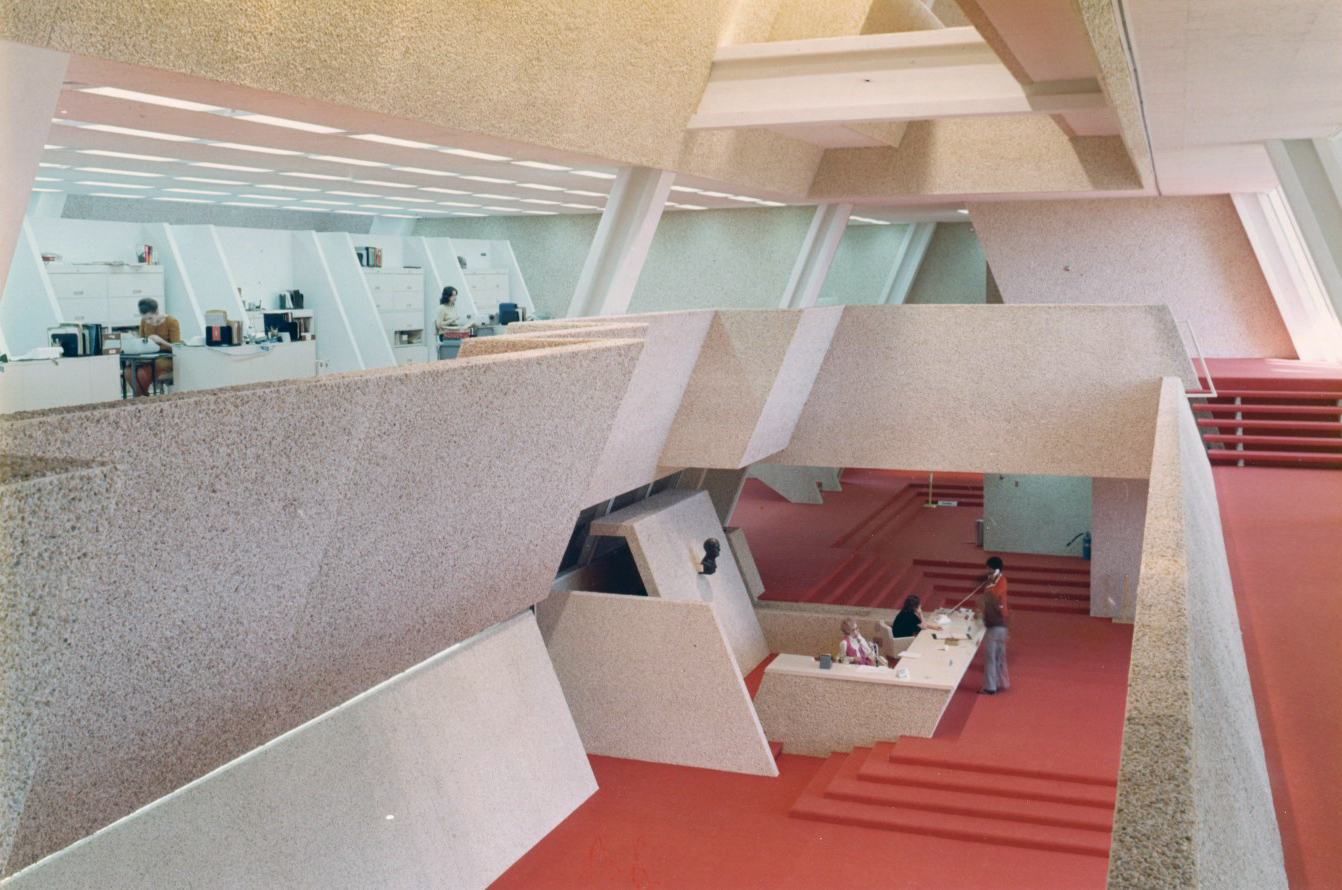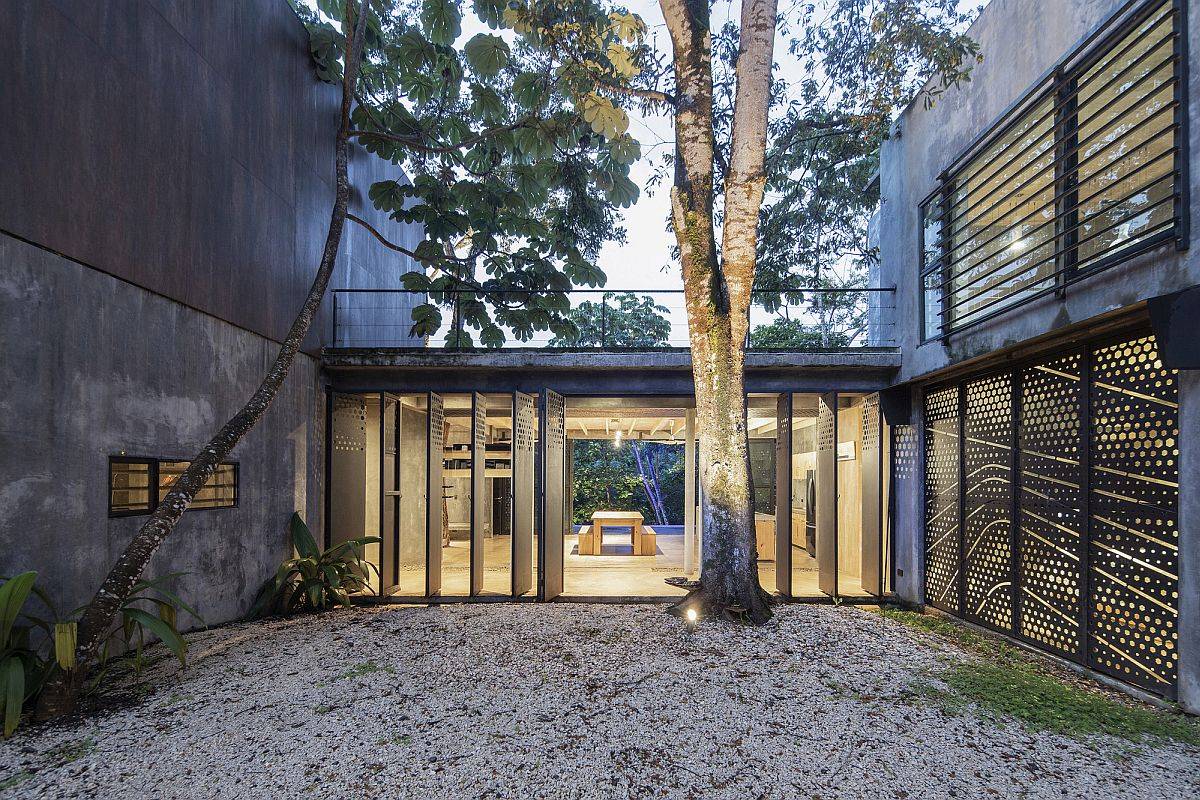Table Of Content

Click here to contact usor check our sequencing result guide. DNA-based solutions to improve and support your analysis, monitoring and traceability across your value chain. Hiqh quality Sanger sequencing with highest flexibility for every sample type.
Types of Primers (DNA primers vs RNA primers)
The resulting DNA is suitable for even the most sensitive downstream applications including sequencing, cloning, ligation, and endonuclease digestion. Discover which PCR purification kit best suits your research goals today. The structure of the primer should be relatively simple and contain no internal secondary structure to avoid internal folding. One also needs to avoid primer-primer annealing which creates primer dimers and disrupts the amplification process. When designing, if unsure about what nucleotide to put at a certain position within the primer, one can include more than one nucleotide at that position termed a mixed site.

Primer- Definition, Types, Primer Design Online Tools, Uses

If your RNA has been stored in TRIzol® or another similar reagent, learn more about Zymo Research’s Direct-zol RNA Purification Kits. These kits are made to efficiently purify total RNA that is suitable for RT-qPCR from TRI Reagent®, eliminating the need for chloroform, phase separation or precipitation steps. If you are unsure of which to use please contact our expert staff to guarantee you get the right Draw Tite™ product for your job. All products featured on Glamour are independently selected by our editors. However, when you buy something through our retail links, we may earn an affiliate commission.
Tips and Considerations for Sensitive PCR Assays
For more on bisulfite conversion, see our Bisulfite Beginner Guide. For fast and complete bisuflite conversion of DNA and RNA for methylation analyses, see our range of bisulfite conversion kits, and ZymoTaq Polymerase collections. Our video will introduce you to the basics and get you up and running quickly. We’ll go over the various functionalities available in the tool, using example sequences.
The power to customize 45 different parameters
Highly sensitive and specific Alu-based quantification of human cells among rodent cells Scientific Reports - Nature.com
Highly sensitive and specific Alu-based quantification of human cells among rodent cells Scientific Reports.
Posted: Mon, 16 Oct 2017 07:00:00 GMT [source]
Confidently detect more with Archer NGS assay solutions for your solid tumor, blood cancer, immune profiling, and genetic disease research. All Archer information is now available on IDT’s website. You can view Archer assays alongside IDT’s xGen™ NGS portfolio to find the best next generation sequencing solution for your lab. Watch the protocol video below to learn how to design primers for PCR. Low complexity regions are some regions in a DNA sequence that have biased base compositions such as a stretch of ACACACACACACACACACA.
The main objective of the primer is synthesizing DNA with a free terminal end and initiation point of polymerase. A pair of primers one at the template strand while the other at the complementary strand binds on the opposite ends of the sequence being designed, likewise, the 3’ corresponds to the template strand for the process of elongation. Whatever the issues are, with the help of tools like APE, designing the reverse primer is just a click of a button away. Follow the steps mentioned below to get the reverse primer sequence.
The melting curves can be carried out in all reported software programs for performing qPCR after amplification (Pfaffl MW, 2004). There are critical application-specific parameters to consider that can vastly increase your likelihood of experimental success. Oligonucleotide primers are necessary when running a PCR reaction. One needs to design primers that are complementary to the template region of DNA.
These primers are then used by the DNA polymerase to build new complementary strands, which will result in the doubling of the number of DNA molecules of the targeted DNA sequence for each PCR cycle. From design to synthesis, quality primers are vital to successful results. Use our online Applied Biosystems™ Primer Designer™ Tool to search for the right PCR/Sanger sequencing primer pair from a database of ~650,000 predesigned primer pairs for resequencing the human exome and human mitochondrial genome. Choose from different amplicon lengths to accommodate various research applications and biological sample types.
Caution for designing PCR Primers
With this option on, the program will try to find primer pairs that are separated by at least one intron on the corresponding genomic DNA using mRNA-genomic DNA alignment from NCBI. This makes it easy to distinguish between amplification from mRNA and genomic DNA as the product from the latter is longer due to presence of an intron. The Tm calculation is controlled by Table of thermodynamic parameters and Salt correction formula (under advanced parameters).
But we do not recommend it as it changes the original sequence in the file. Before reverse complementation the sequence is 5’-CTGGAGGACGGAAGAGGAAGTAA-3’ and after reverse complementation 5’-TTACTTCCTCTTCCGTCCTCCAG-3’. The above tips are also applicable to a slightly different form of PCR called quantitative reverse transcription PCR (RT-qPCR). RT-qPCR allows you to perform PCR starting from RNA instead of DNA.
Partly the problem comes from the fact that that way we communicate DNA sequences. The other half of the problem is that we have to work with the template strand to design a primer for the other strand. NEBuilder Assembly Tool can be used to design primers for your Gibson Assembly reaction, based on the entered fragment sequences and the polymerase being used for amplification. NEBuilder Assembly Tool can be used to design primers for your NEBuilder® HiFi DNA Assembly or Gibson® Assembly reaction, based on the entered fragment sequences and the polymerase being used for amplification.








